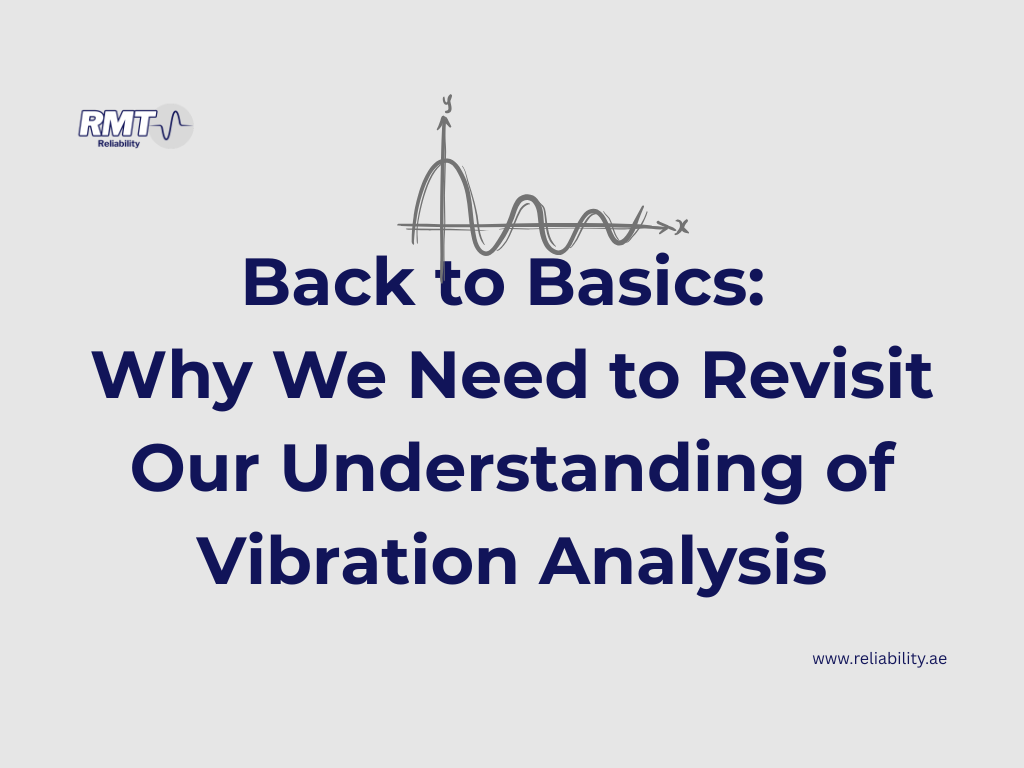Our passion lies in solving the root cause of the problem through the use of combination of knowledge and tools — one of them being vibration analysis. Over the years, we realized how understated and drowned down this method had become due to the lack of understanding.
Vibration analysis is as much art as science.
1. The Foundational Role of Vibration Analysis
From the lens of a machine expert:
- Every machine tells a story through vibration. A skilled technician knows that even slight changes in tone, frequency, or “feel” often signal issues long before alarms go off.
- In the early days, experts didn’t just rely on sensors. They used their ears, hands, and years of field experience to “read” machinery. That grounding is what made vibration analysis so powerful.
- The method was never meant to be purely algorithmic. It was designed to be interpreted by trained eyes and ears, using both science and intuition.
2. Why We’ve Drifted From the Basics
Experts in the field often point out that:
- Software has replaced skill. Automated diagnostics often oversimplify problems into alarms without context.
- Young engineers don’t always learn the craft. Many skip over resonance, critical speeds, and spectral harmonics — things older machinists and analysts internalized over years.
- Complex machinery challenges assumptions. Variable frequency drives, composite materials, and lightweight structures create vibration signatures that break older “standard patterns.”
As one machine specialist might say: “You can’t just look at the graph — you have to understand the machine behind it.”
3. Insights From Expert Practice
- Subtlety Matters: Experts often notice that small sidebands or low-amplitude signals can indicate misalignment or lubrication issues that software ignores.
- Context Rules: A pump at half-load vibrates differently than at full-load; only experience teaches how to distinguish normal variance from danger.
- Machines Have Memory: Once a component has been through stress or repair, its vibration “fingerprint” changes permanently. Historical knowledge is critical.
- Integration is Key: Experts rarely treat vibration alone as the verdict — they combine it with oil analysis, thermography, acoustic emissions, and their own observations.
4. Back to Basics: What We Must Re-Learn
With expert input, the essentials include:
- Physics First: Re-ground in frequency, amplitude, phase, and resonance.
- Hands-On Verification: Never rely solely on digital dashboards; verify with direct measurements and inspections.
- Pattern Recognition: Build human expertise in FFT interpretation and harmonic analysis.
- Machine History: Incorporate service logs, operational context, and expert intuition into diagnostics.
- Holistic Diagnostics: Treat vibration as one voice in a chorus, not the whole song.
5. The Path Forward: Merging Expertise With Technology
- AI as an Assistant, Not a Replacement: Machine learning can flag anomalies, but seasoned analysts should provide the final judgment.
- Mentorship Programs: Pair young engineers with machine experts to pass on the “tribal knowledge” of vibration and machinery behavior.
- Digital Twins With Human Input: Models must be validated and tuned by those who truly understand the machines.
- Culture of Curiosity: Encourage technicians to ask “why” instead of just trusting the alarm thresholds.
As experts often emphasize: “Vibration analysis isn’t just about signals — it’s about listening to the machine’s story.”
The knowledge of machine experts reminds us that vibration analysis is as much art as science. To regain its full power, we must return to fundamentals, enrich them with lived expertise, and then layer on modern analytics — not the other way around.
RMT Reliability (Reliability and Machinery Trading LLC)
www.reliability.ae





No responses yet